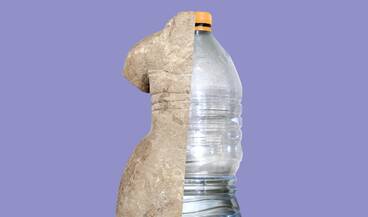Hoy
10:00 - 17:00
10:00 - 17:00
martes till miércoles 10:00 - 17:00
jueves 10:00 - 19:00
viernes till domingo 10:00 - 17:00
lunes cerrado
martes till miércoles and viernes 10:00 - 18:00
jueves 10:00 - 19:00
sábado till lunes cerrado
Swiss National Holiday 01.08.2025 10:00 - 17:00
Long Night of the Museums 06.09.2025 10:00 - 17:00
18:00 - 23:59
Long Night of the Museums 07.09.2025 0:00 - 2:00
10:00 - 17:00
Knabenschiessen 15.09.2025 cerrado
Family Day 19.10.2025 10:00 - 17:00
22.12.2025 10:00 - 17:00
23.12.2025 10:00 - 17:00
Christmas Eve 24.12.2025 10:00 - 14:00
Christmas 25.12.2025 10:00 - 17:00
St. Stephen´s Day 26.12.2025 10:00 - 17:00
27.12.2025 10:00 - 17:00
28.12.2025 10:00 - 17:00
29.12.2025 10:00 - 17:00
30.12.2025 10:00 - 17:00
New Year´s Eve 31.12.2025 10:00 - 17:00
New Year´s Day 01.01.2026 10:00 - 17:00
Saint Berchtold 02.01.2026 10:00 - 17:00
accessibility.openinghours.special_opening_hours.link
Show all10:00 - 17:00
martes till miércoles 10:00 - 17:00
jueves 10:00 - 19:00
viernes till domingo 10:00 - 17:00
lunes cerrado
martes till miércoles and viernes 10:00 - 18:00
jueves 10:00 - 19:00
sábado till lunes cerrado
Swiss National Holiday 01.08.2025 10:00 - 17:00
Long Night of the Museums 06.09.2025 10:00 - 17:00
18:00 - 23:59
Long Night of the Museums 07.09.2025 0:00 - 2:00
10:00 - 17:00
Knabenschiessen 15.09.2025 cerrado
Family Day 19.10.2025 10:00 - 17:00
22.12.2025 10:00 - 17:00
23.12.2025 10:00 - 17:00
Christmas Eve 24.12.2025 10:00 - 14:00
Christmas 25.12.2025 10:00 - 17:00
St. Stephen´s Day 26.12.2025 10:00 - 17:00
27.12.2025 10:00 - 17:00
28.12.2025 10:00 - 17:00
29.12.2025 10:00 - 17:00
30.12.2025 10:00 - 17:00
New Year´s Eve 31.12.2025 10:00 - 17:00
New Year´s Day 01.01.2026 10:00 - 17:00
Saint Berchtold 02.01.2026 10:00 - 17:00
accessibility.openinghours.special_opening_hours.link
Show allGuided Tour
Allgemeiner Rundgang durch die Ausstellung «Das zweite Leben der Dinge».
Museumstrasse 2
8021 Zürich
lunes till viernes 09:00 - 12:30

Our throw-away and consumerist society is a recent phenomenon in the history of humanity. The way people handled materials and objects used to be driven by scarcity and shortages. Up until the Industrial Revolution in the late 18th century, it was normal to hand down clothes, repair tools, reuse building materials, melt down bronze objects to make new ones, and recycle glass containers. Whether they were made from fabric, metal, stone or glass – it was possible for all manner of things to have a second, third, or even infinite life. The exhibition takes a look at the methods of the circular economy past and present. Objects from the Stone Age to the present day show how their history can raise awareness of the value of things.